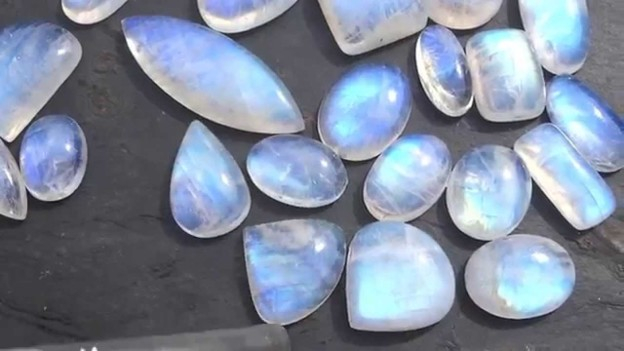Moonstone – History and Introduction

Moonstone bead is the most outstanding gemstone bead assortment of orthoclase feldspar, a
potassium aluminum silicate. It is a straight forward to misty oligoclase, an assortment of plagioclase
albite and sheet mica. Moonstone is known to display a particular sheen under certain lighting
conditions, and it is the sheen which renders moonstone one of the most striking gemstones accessible
today. Truth be told, its name is owed to the practically supernatural, somewhat blue-white gleam it
shows, which intently looks like that of the moon. Gemologists allude to the shining optical wonders as
‘adularescence’.
The optical impact of adularescence is an aftereffect of moonstone’s exceptional basic example. Minor incorporations of albite, a sodium aluminum silicate, are intermixed with host shake layers of orthoclase, a potassium aluminum silicate. The exchanging layers of various feldspars structure a lamellar (textured) structure which causes the impedance of light as it enters the stone. Slender layers of rotating silicates will, in general, refract increasingly alluring and brilliant sheens, though thick layers of silicates produce less appealing, white to boring sheens. As light enters the stone, it is refracted and dispersed, creating a very one of a kind and alluring play of both shading and light. With moonstone, the air of light really seems to shine from profound inside the outside of the stone.





